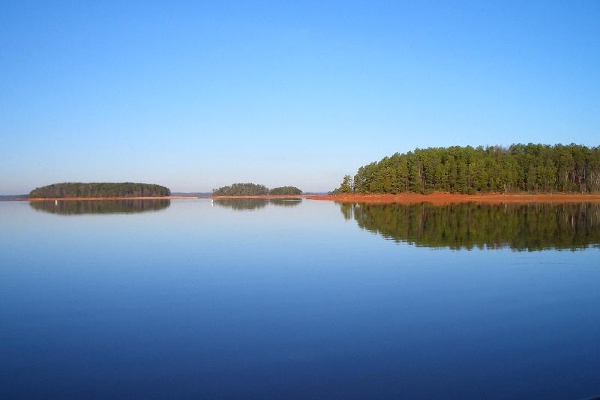
south carolina state water planning
Kaleigh Sims

Why is State Water Planning important?
While lately in Anderson and all around the upstate the rain has been plentiful, and generally speaking we are blessed in our area to receive a bounty of the beautiful liquid gold, we have faced times of drought that we tend to forget. Whether we face a drought or have an abundance of rain, it is essential for continued economic success and the well-being of the citizens and the environment that thoughtful, long-term management and planning of South Carolina’s water resources is of high priority. Our county has some amazing water resources such as Lake Hartwell that provides the community with a source of drinking water, incredible fishing opportunities, tourism, refreshing swimming areas, and more. With all of the beautiful water our county has to offer it is necessary that we protect those resources through planning efforts, for generations to come.
Planning for a better future
Over the past few years a lot has been going on at the state and local level for the planning of the future of South Carolina’s water resources, primarily with the focus on the amount of water in the state. In October 2019, SC Department of Natural Resources (SCDNR) published the South Carolina State Water Planning Framework which outlines a planning process for the eight major river basins in the state. The planning framework was completed under the guidance of an advisory committee known as the South Carolina Planning Process Advisory Committee (PPAC) made up of a diverse group of experts from all ends of the water spectrum from water suppliers and agriculture to conservation organizations and more. One of the major goals of the PPAC was to establish a planning process framework for the major river basins to follow so that once the plans are in place they can be used as the foundation of the new State Water Plan.
A key goal of the planning stages is to recruit and engage River Basin Councils (RBCs) from each of the eight major water basins in SC. The RBC’s will be made up of roughly 25 members representing a range of stakeholders from various water interests groups in the basin including, but not limited to, representatives from agriculture, local water and sewer utilities, industry, interested community members, environmental groups and more. Once the RBC’s are formed the members along with other engaged stakeholders will embark on developing a basin specific plan using the SC State Water Planning Framework guidance established by the PPAC.
What’s currently going on?
Planning for one basin is already under way and RBC formation is in process. That basin is the Edisto River Basin which encompasses counties like Orangeburg and Dorchester. The Edisto is one of the two basins in the state that is exclusively within South Carolina making it a good starting point for this detailed planning process. While the Edisto is the first to begin, over the next several years the other seven basins will undergo the same planning efforts to complete the foundation for the new State Water Plan which will be prepared by SCDNR. The new state water plan will include each of the eight major basins plans to summarize and prioritize water policy, regulatory and legislative recommendations.
We love our natural resources
Those of us at your Anderson Soil and Water Conservation District plan to stay up to date on the preceding and updates of each river basin planning efforts as they evolve. While we live in the Savannah basin we can always learn more about the best ways to plan and protect our water quantity here in our backyards by learning from efforts in the other basins. When it comes time for planning in our basin we will have to remember that we share the Savannah basin with other states making it a multi-dimensional effort that we want to be sure we are prepared for. Stay tuned and look out for state water planning segments in our monthly newsletters to stay informed.
State Water Planning Resources:
You can find more information on SC DNR website

The Planning Framework document can be found here.
Revisions – Addendum 1: This document describes major revisions to the South Carolina State Water Planning Framework since its initial publication in October 2019 here.